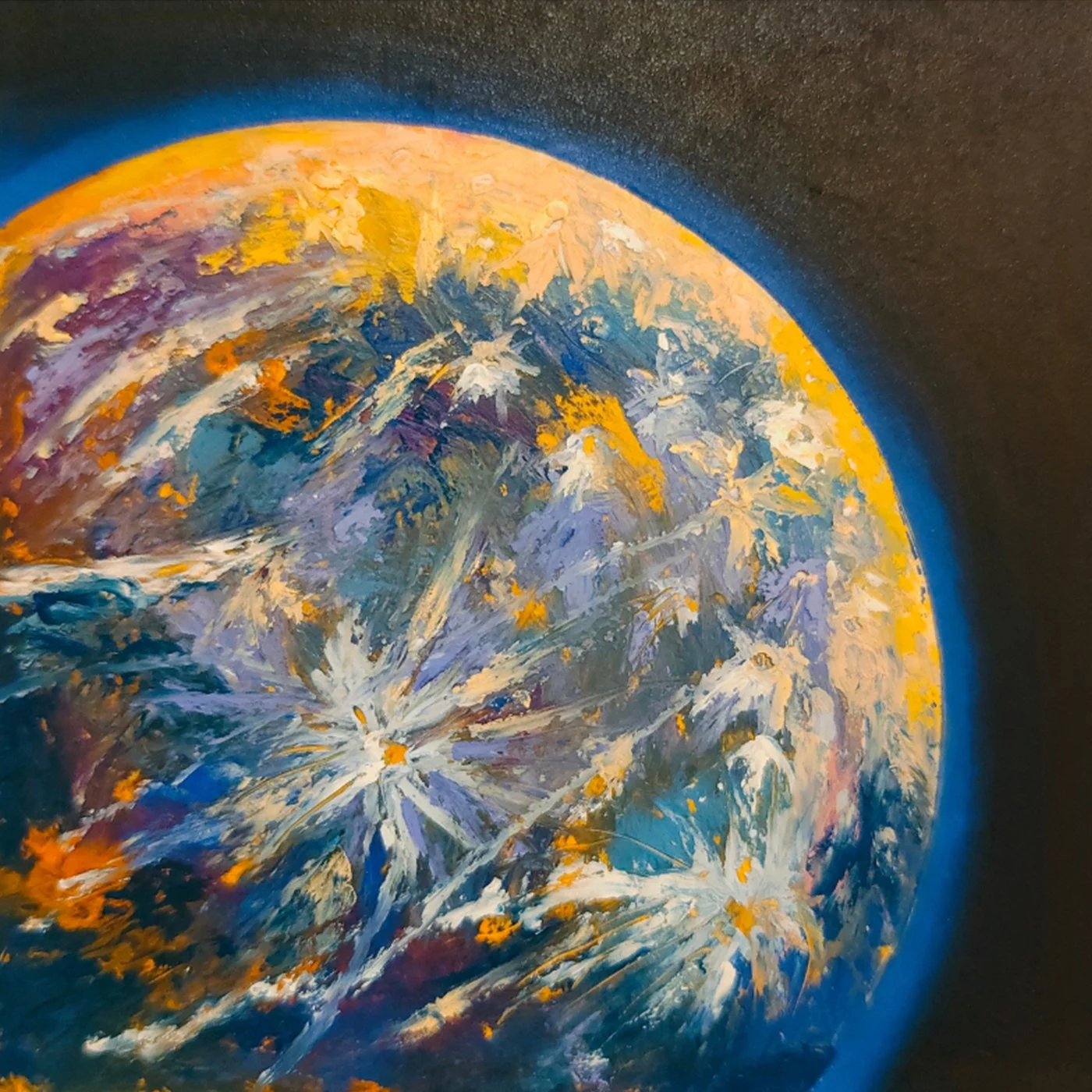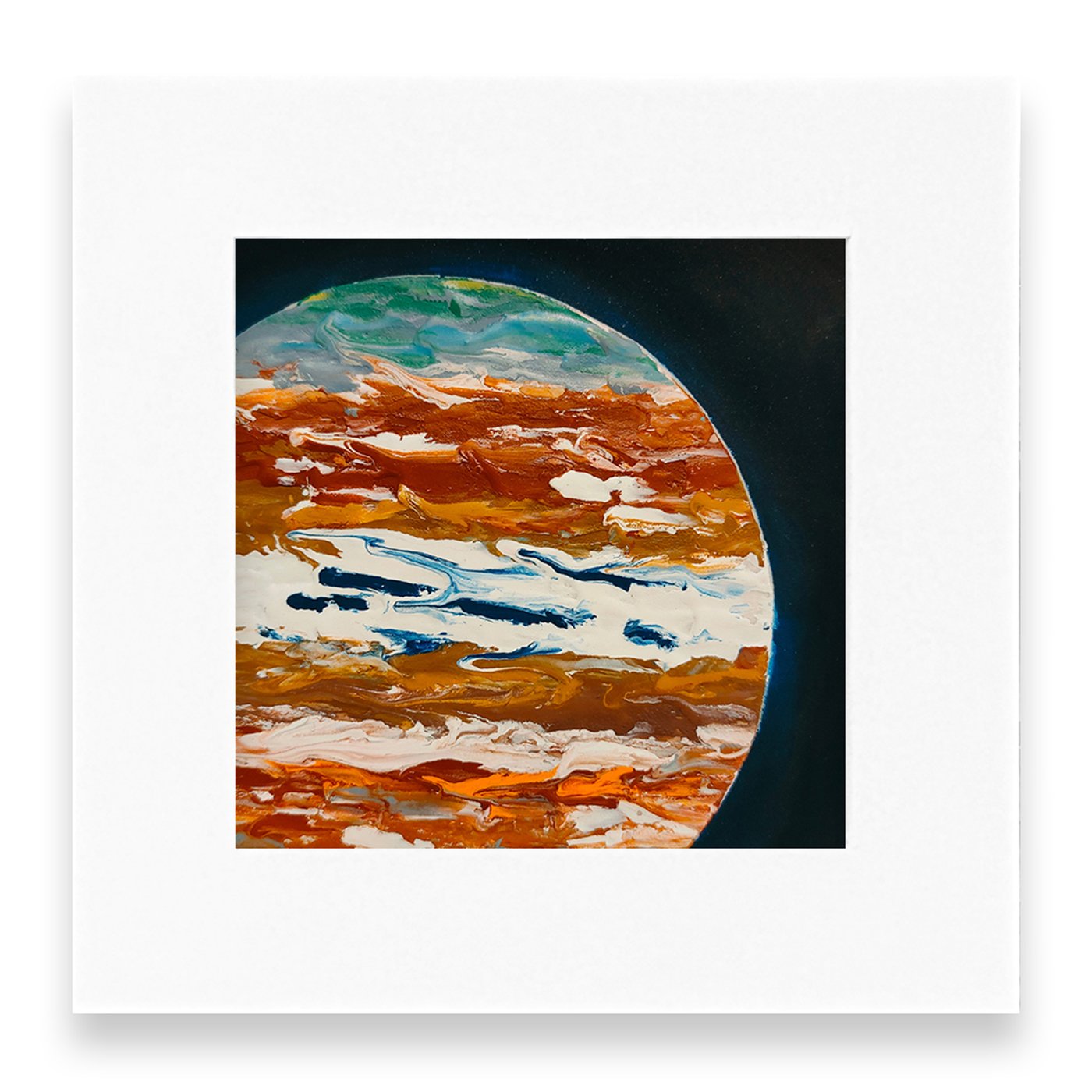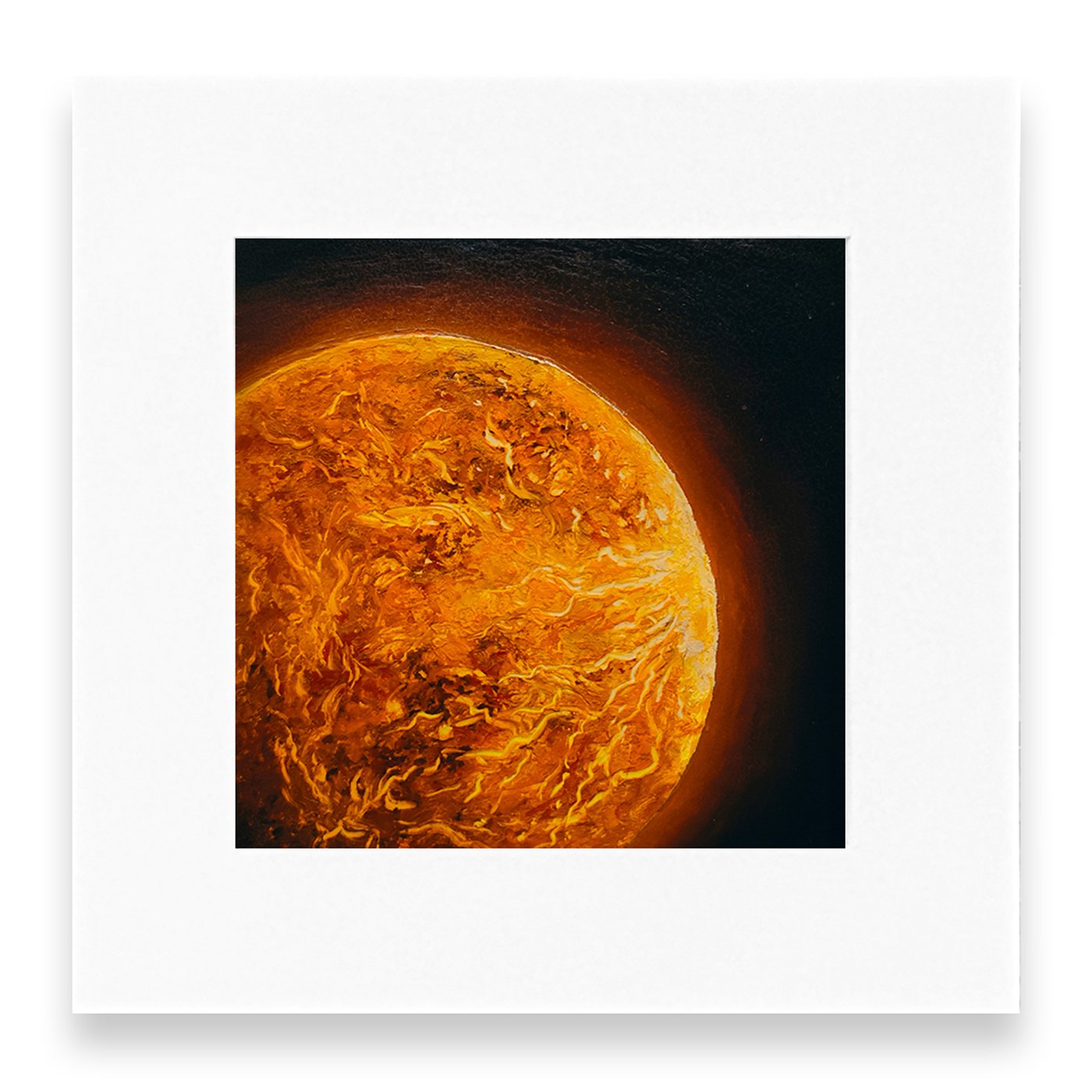Exploring the Mysteries of the Stars
At the end of the 16th century, just before the advent of modern science, most humans still believed in the "geocentric theory." This theory proposed that the Earth was the center of the universe, with all other celestial bodies fixed on a "celestial sphere" that revolved around the Earth daily. However, people were puzzled by a few celestial bodies that did not remain fixed on the celestial sphere but wandered through the sky. Although their movement was slow, taking a year to traverse the ecliptic, this phenomenon was observed and documented by ancient civilizations. According to their observations, there were seven wandering celestial bodies: the Sun, the Moon, and five planets named Mercury, Venus, Mars, Jupiter, and Saturn. These seven were collectively referred to as "planets," which at the time meant "wanderers," a definition quite different from today.
Wait, what? The Sun and Moon were considered planets? Indeed, in the geocentric model, the Sun and Moon were classified as planets. Nowadays, we know that the Sun is a "star" and the Moon is Earth's "satellite." Interestingly, the seven "planets" of the geocentric theory—Sun, Moon, and five other planets—coincidentally align with the concept of "yin, yang, and the five elements" in Chinese philosophy, forming a sort of Western version of this principle.
Modern astrology still adheres to the geocentric concept, treating the Sun and Moon as planets. Even though some have renamed them "main stars" or other terms, the essence remains the same, rooted in the abandoned geocentric theory. From this perspective, astrology is fundamentally unscientific, and its derived conclusions lack credibility.
Ancient Egyptians and Mesopotamian civilizations regarded the number "seven" as mystical or sacred, so the idea of seven planets wandering the sky seemed reasonable to them. Yet, some questioned the geocentric theory. In 1543, Polish astronomer Nicolaus Copernicus published On the Revolutions of the Heavenly Spheres shortly before his death. The book rejected the geocentric model in favour of the heliocentric theory, positing that the Sun was the canter of the universe and all celestial bodies, including Earth, orbited it. From today's perspective, Copernicus's claim that "the Sun is the centre of the universe" was flawed. In reality, the Sun is merely the centre of the solar system, not the entire universe. Nonetheless, his theory was ground-breaking for its time and context.
In modern astronomy's heliocentric model, all "planets" in the solar system orbit the Sun. The term "planet" no longer means "wanderer" but refers to celestial bodies that orbit the Sun. Within this framework, Earth transitioned from being the "center of the universe" to just one of many planets.
With advancements in astronomical observation, Uranus (1781), Neptune (1846), and Pluto (1930) were discovered. This led to the solar system being celebrated as having "nine planets"—Mercury, Venus, Earth, Mars, Jupiter, Saturn, Uranus, Neptune, and Pluto.
It seemed the story of planets had reached a satisfying conclusion. But science is full of surprises! In 2006, the International Astronomical Union (IAU) redefined what constitutes a planet. Under this new definition, Pluto was demoted to a "dwarf planet," reducing the solar system to "eight planets" overnight.
SHOP NOW




















